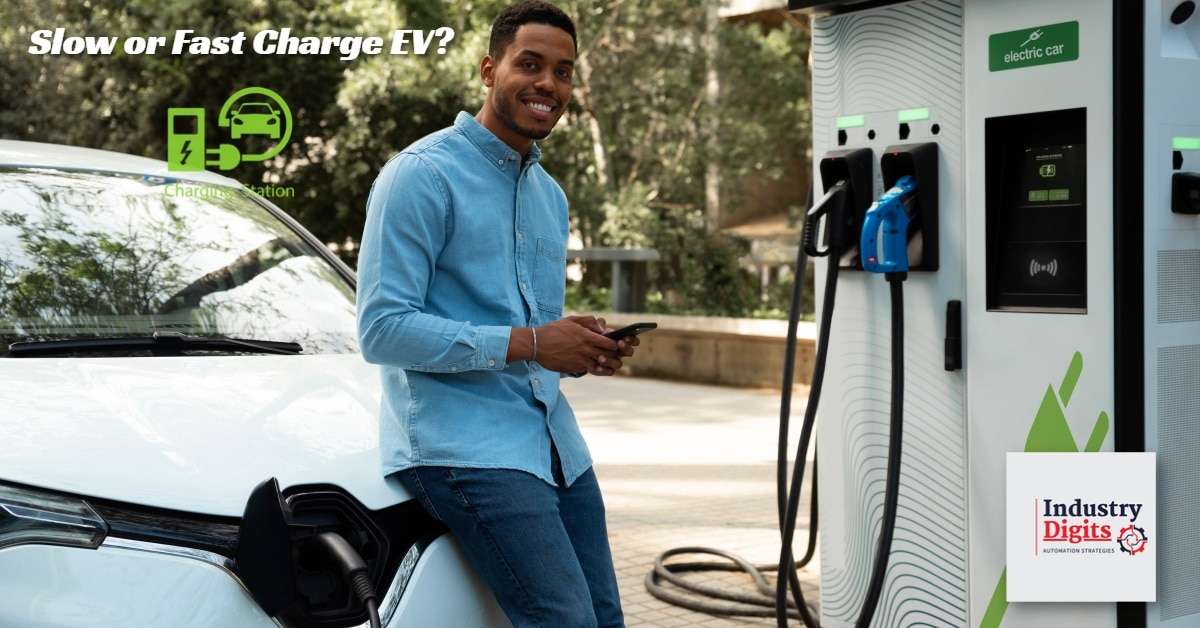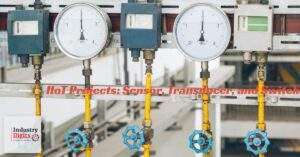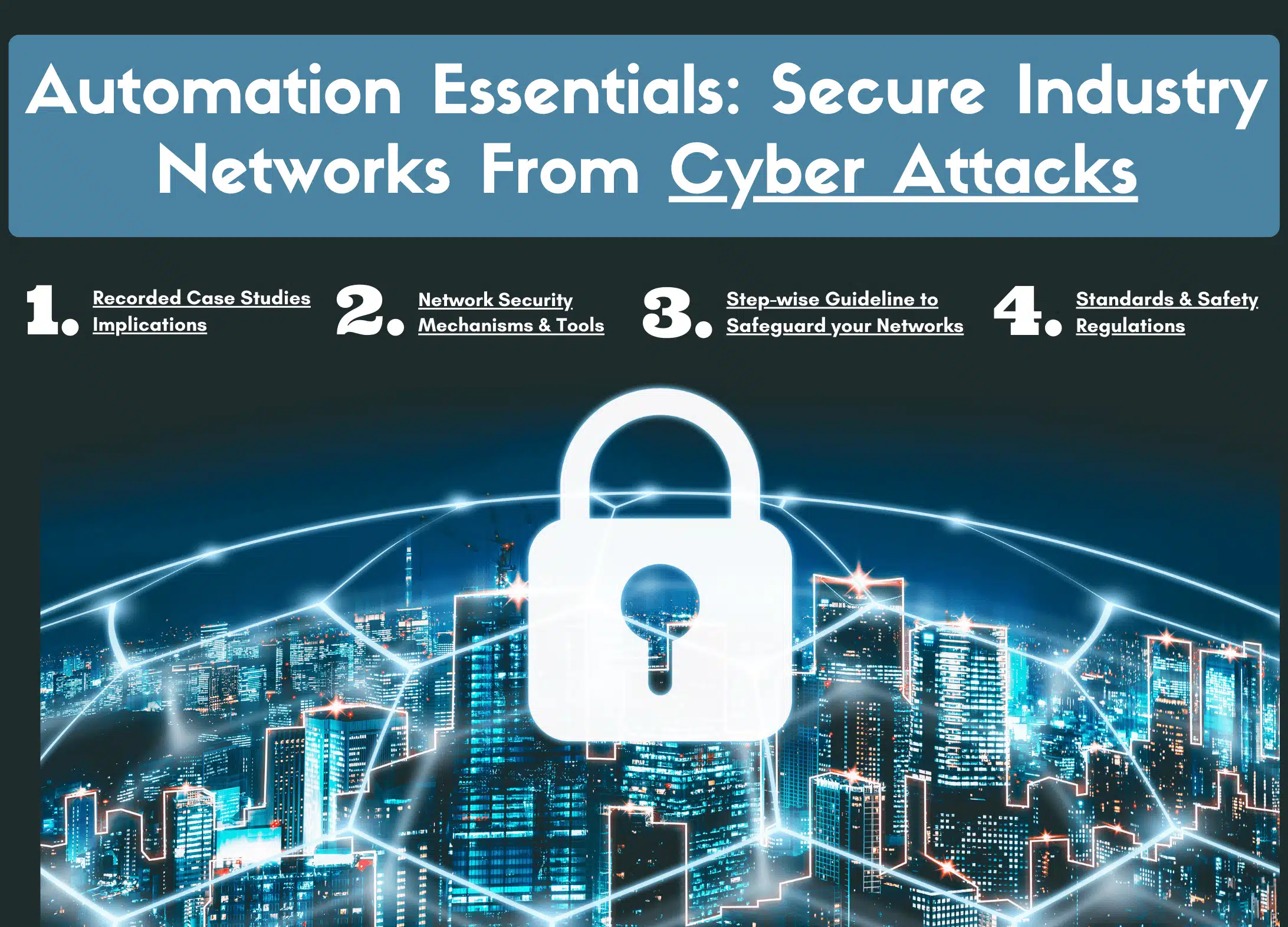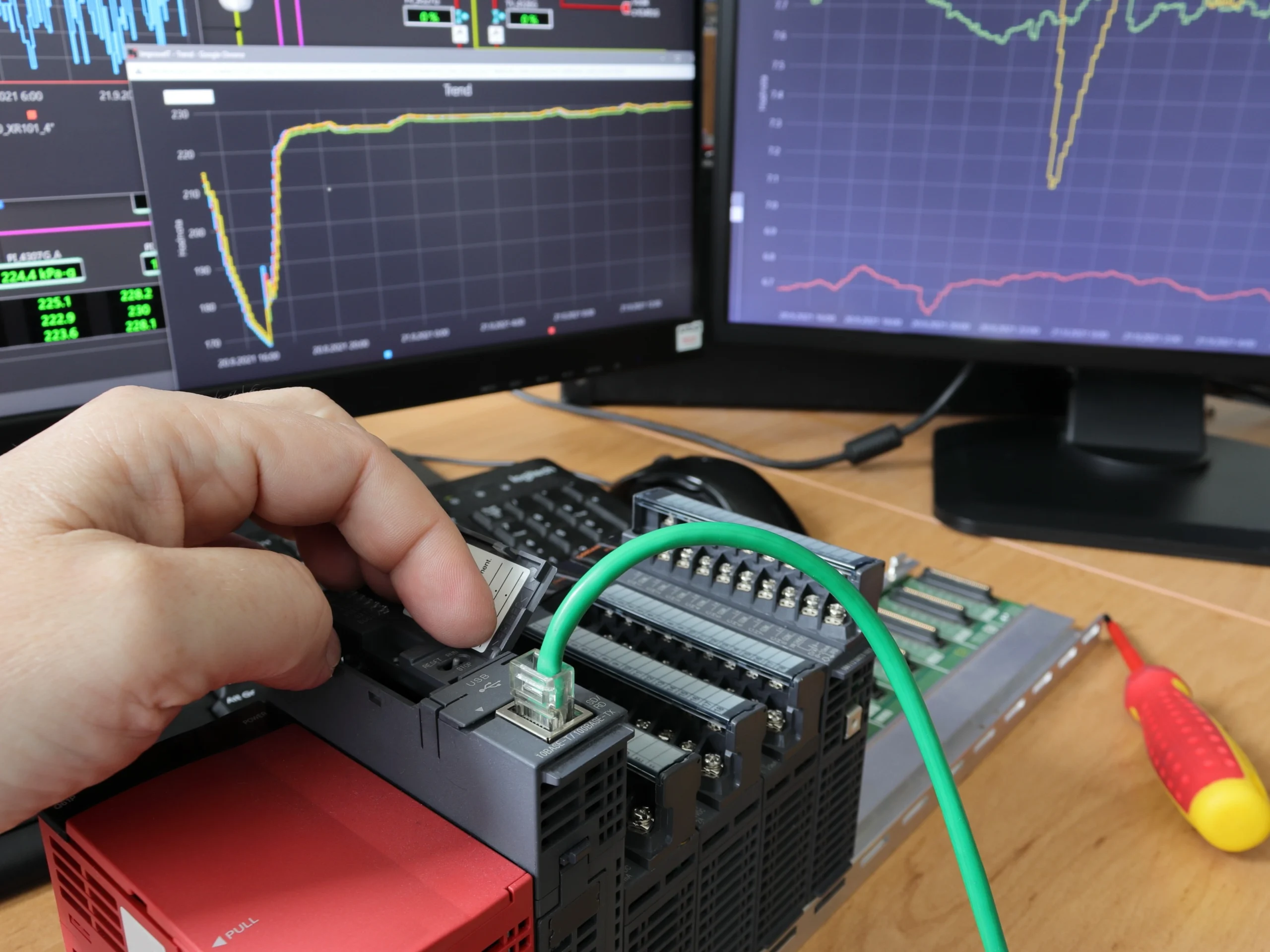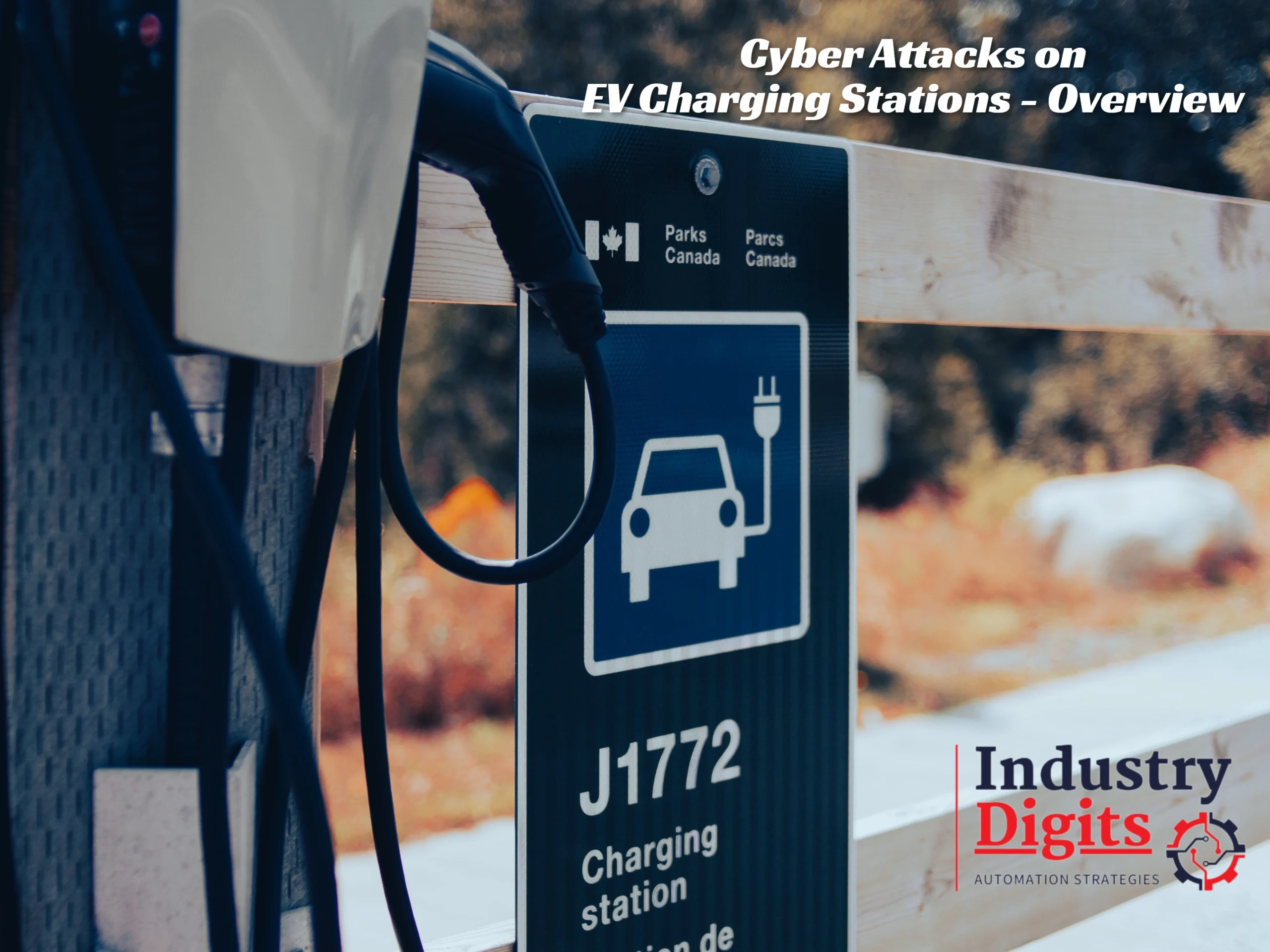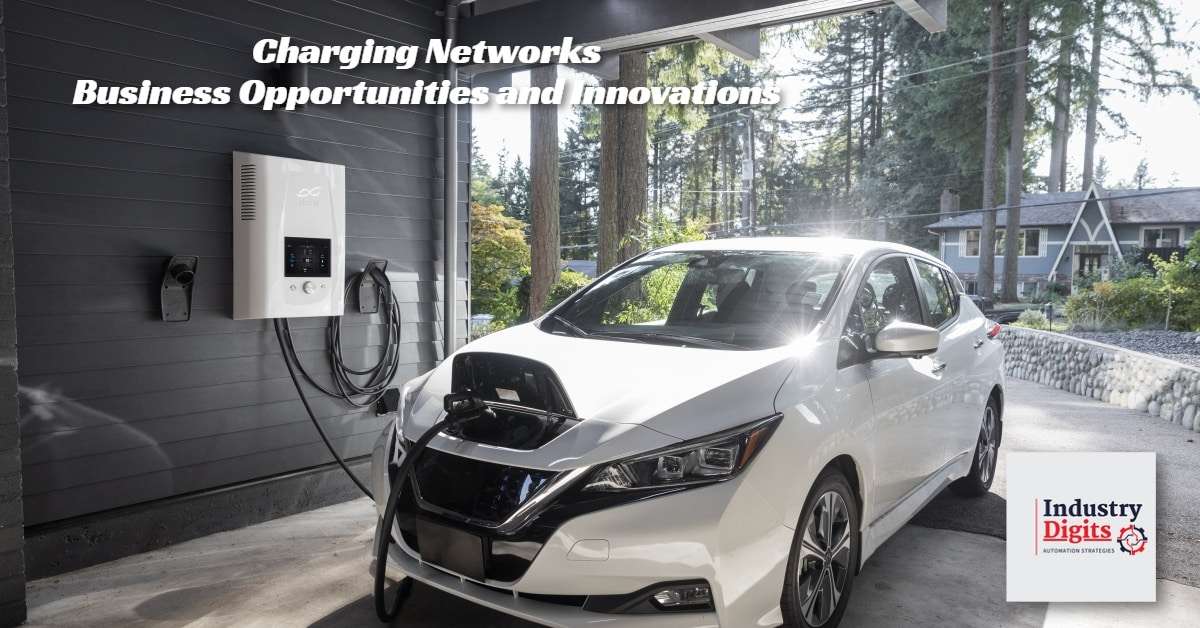“Slow charging your EV’s battery is proven known to yield better life and charge retention. Learn how & why slower charging can extend your electric vehicle’s lifespan and maintain its resale value.”
When investing in an electric vehicle (EV), it’s essential to assess the availability of charging stations in your local area and along your frequently traveled routes. Charging infrastructure is expanding rapidly on highways and in public spaces, gradually closing the demand gap for charging stations, thanks to both government and private initiatives.
However, EV buyers often face the dilemma of choosing between fast charging at a DC charging station (EVSE) or using slow charging overnight at home or work. The question arises: which charging method is best for the EV battery? In this guide, we aim to definitively address this concern and outline the most effective charging practices for your electric vehicle.
Cost Analysis of an EV (Tesla 3 for comparison):
Manufacturing cost of an Electric vehicle (EV) battery pack is proven to be in the range of $140 to $150 per kWh of the power generated by the EV. To put this in perspective, a teardown and cost analysis of a Tesla Model 3 reveals that the mid-range version’s manufacturing costs (production cost), including components and labor, amount to approximately $28,000. And, the 62 kWh battery pack, that costs $9,500*, is the single most expensive component in the EV. Therefore, safeguarding the battery directly affects the life and resale value of the EV. Employing proper EV charging methods is key for battery health and to achieving a greater range, extended battery life, and enhanced resale value for the vehicle.
Although EV manufacturers (such as Tesla and others) provide free battery replacements within eight years and/or 100,000 driven miles, the warranty only guarantees 80% of the battery’s initial capacity. As a result, it falls upon the EV owners to protect their batteries by implementing appropriate charging practices.
Operating (Charging) Cost and Per Mile Cost of an EV:
The direct operating expenses for an electric vehicle (EV) consist of charging costs, maintenance, and insurance. Charging expenses are influenced by local electricity rates and your charging habits, while maintenance and insurance costs also contribute to the overall operating budget.
Slow charging at public locations in the US typically costs around $0.10 to $0.15 per kWh, while slow residential charging ranges from $0.06 to $0.12 per kWh (Rs 4-4.5 kWh, in India). Public DC fast charging can be more expensive, varying from $0.25 to $0.59 per kWh. Proprietary fast charging networks, such as Tesla’s Supercharger, offer exclusive discounts to their customers. On average, the cost of using a Tesla Supercharger across the United States is approximately $0.25-34 per kWh.
For context, a standard EV provides approximately 3-4 miles of range per kWh charge. Consequently, an electric vehicle’s average operating cost (Charging cost per Mile) is roughly $0.15 per mile.
Slow Vs. Fast Charging Technologies: Defined and Differentiated
The charging modes are standardized in IEC 61 851-1 and SAE J1772. There are three main modes of electric vehicle (EV) charging:
Level 1 Charging: Level 1 charging is the slowest and most basic mode of charging, and it uses a standard 120-volt household outlet.
Level 2 Charging: Level 2 charging uses a 240-volt AC power source, providing faster charging times than Level 1. Level 2 charging is typically done at charging stations that are either installed at homes or public locations such as parking lots or shopping centers. The charging time varies depending on the size of the battery, but it can take several hours to charge an EV using Level 2 charging fully.
DC Fast Charging: DC fast charging is the fastest mode of charging and is typically used for public charging stations along highways and at other locations where drivers need to charge their EVs quickly. DC fast charging uses high-voltage DC power to charge the battery rapidly, and it can typically charge an EV up to 80% in about 30 minutes.
Slow or Fast Charging, which is better for your EV?
While fast-charging electric vehicle (EV) stations offer the convenience of quick charging times, slow charging has been proven to be more beneficial for EVs due to the extended battery life (and slower depreciation rate), enhanced resale value, reduced permanent range loss, and more affordable and accessibility of slow charging networks. Let’s explore the reasons behind each of these advantages of Slow charging:
- Increased Battery Life & lower depreciation rates: Slow charging is chemically better for EV Li-ion batteries due to lesser Thermal and Ionic stress. Fast charging exposes batteries to a significantly higher voltage causing the electrons to move rapidly between the terminals. Scientific studies have proven that fast recharges may detrimentally impact the battery’s lifespan and charge retention capabilities in the long run. In fact, regular utilization of fast charging can accelerate its annual degradation rate by up to 1.5%.
- Resale Value & EV Battery health: Due to lower chemical stress, and better charge retention capability, slow charging is gentler and can prolong the battery efficiency and lifespan. This will reduce the need for expensive battery replacements and improve the EV’s overall sustainability and resale value.
- Cost-effectiveness: Slow charging is also more cost-effective than fast charging, thanks to the less complex power grid interface and safety norms for the operators to maintain.
- Accessibility: Since slow-charging infrastructures (EVSE Type-1 & Type-2 Charging stations) are less expensive to install and maintain, Governments and private operators are increasingly deploying slow charging stations in public spaces, including in rural and remote areas, where small battery capacities of 2W and 3W (two and three wheel EVs) are abundant, and need not require fast charges. Since, in most villages, robust electrical networks are absent, Slow and affordable EV Charging is more accessible to a broader population, including those living in areas with limited access to transportation and those who cannot afford a home charging station.
While Slow charging provides the above-said benefits, researchers globally are focussed on developing better and alternate forms of Charging such as – Battery Swapping (BSS), Panthogrph charging, Inductive Charging, and Solar charging. Though each have their specific applications, Conductive charging (Type 1, 2 Slow & DC Fast Electrical charging) through cables remains the popular choice amongst governments to build an EV charging network.
Read More: Affordable, Slow EV Charging Network Key for a Sustainable Future: Opportunities and Benefits
Fast charging offers the convenience of quick charging times, yet slow charging has been proven to be more beneficial for EVs due to the extended battery life (and slower depreciation rate), enhanced resale value, reduced permanent range loss, and more affordable and accessibility of slow charging networks.
How to Charge my EV Battery: Optimal charging pattern
Fast and slow charging have their respective pros and cons. While slow chargers are more beneficial for battery life, fast charging can be quite time-saving, practical, and convenient for EV owners. Therefore, striking a balance between convenience and battery health is crucial when opting for slow or fast charging for your electric vehicle (EV). Here are some tips on how to maintain this balance:
- Regular slow charging for daily use: For everyday charging needs, utilize slow charging options like Level 1 or Level 2 chargers, which can be more gentle on your battery and extend its lifespan. Charging overnight at home is an excellent way to ensure your battery is full while minimizing any potential damage.
- Fast charging for long trips or emergencies: Reserve fast charging (DC fast charging or proprietary fast chargers) for situations where you need a quick top-up during long trips or when your battery is running low and you need a rapid charge to reach your destination or a charging station.
- Monitor battery temperature and follow the manufacturer’s guidelines: Keep an eye on your battery’s temperature, as excessive heat can negatively impact battery health. If you notice the temperature rising during fast charging, consider interrupting the charging process or taking a break to allow the battery to cool down. Adhere to the charging recommendations provided by your vehicle’s manufacturer. These guidelines usually cover optimal charging practices and equipment that can help maintain battery health while offering convenience.
The ideal approach is to charge at home or work using a Level 2 charger and only use fast charging when necessary. Following this, an EV can achieve the best range and maximum battery lifespan while controlling operating costs.
BONUS: How to check if your EV Battery Needs to Be Replaced?
Pay close attention to these key warning signs that might indicate a potential issue with your EV battery:
- A sudden, drastic drop in driving range of more than 20%
- Gradual degradation of range over the 30% guaranteed criteria
- Loss or inability to hold a charge at all after charging
- Receive an alert or update from your EV OEM about something wrong with the battery during the scheduled maintenance
Read More: Gas to Charging Stations: Innovation, Opportunities, & Challenges for EV Charging Infrastructure
– Feed from Lokesh Chennuru for Industry Digits
If you are passionate about staying informed of the newest smart automation products and technologies, our website is the perfect place for you!

